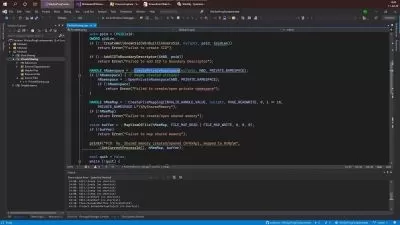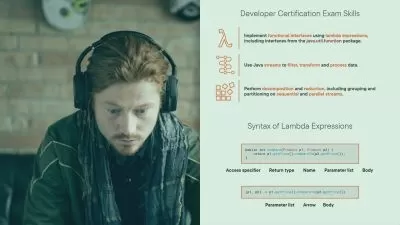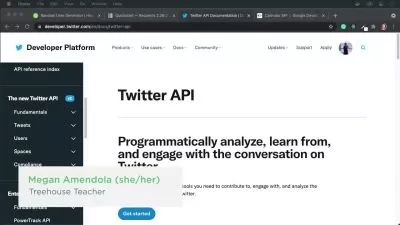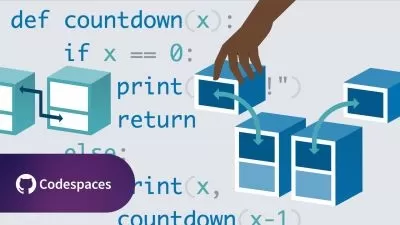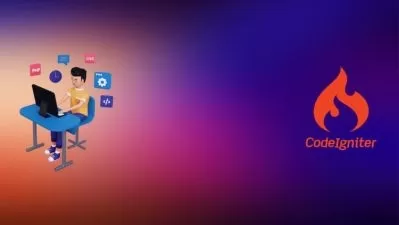Fundamentals of NASM x86 Assembly Programming
Scott Cosentino
2:42:20
Description
An introduction to assembly programming using the x86 programming language with NASM
What You'll Learn?
- Understand the basics of x86 architecture and program structures
- The fundamentals of registers, stack memory, and memory addressing modes
- The concepts of arithmetic, eflags, and logical operators
- The main concept of branches, and loops
- Calling C functions from x86 assembly
- Running Linux system calls through x86 assembly
Who is this for?
What You Need to Know?
More details
Descriptionx86 is one of the foundational programming languages. Many different flavours and versions of x86 exist, including the version featured in this course, known as NASM. The Intel chipset is one of the most common chipsets, making it a great choice for learning assembly programming. By understanding an assembly language, programmers can have a better understanding of how code is compiled and run, making it possible to create more efficient programs. In addition to this, programmers can work at a lower level, allowing them to write code that interacts with hardware in an efficient manner.
In this course, you will learn:
How to setup NASM for x86 assembly on Linux
How to interact with an x86 processor through register and stack memory
How to interact with various memory types
How to conduct basic arithmetic and logical instructions
How to create branching logic
How to create basic loop structures
How to call standard C and user defined C functions
How to run system calls through Linux
By the end of this course, you will have a fundamental understanding of the x86 processor with NASM, as well as assembly programming in general. You will be able to write basic x86 assembly programs, using various instructions available in the processor. You will also have the understanding required to further expand your knowledge, allowing you to become an expert in the area of assembly programming. You should consider this course if you are interested in learning about assembly programming, or x86 assembly!
Who this course is for:
- Programmers looking to understand the fundamentals of assembly
- Programmers looking to learn x86 assembly with NASM
x86 is one of the foundational programming languages. Many different flavours and versions of x86 exist, including the version featured in this course, known as NASM. The Intel chipset is one of the most common chipsets, making it a great choice for learning assembly programming. By understanding an assembly language, programmers can have a better understanding of how code is compiled and run, making it possible to create more efficient programs. In addition to this, programmers can work at a lower level, allowing them to write code that interacts with hardware in an efficient manner.
In this course, you will learn:
How to setup NASM for x86 assembly on Linux
How to interact with an x86 processor through register and stack memory
How to interact with various memory types
How to conduct basic arithmetic and logical instructions
How to create branching logic
How to create basic loop structures
How to call standard C and user defined C functions
How to run system calls through Linux
By the end of this course, you will have a fundamental understanding of the x86 processor with NASM, as well as assembly programming in general. You will be able to write basic x86 assembly programs, using various instructions available in the processor. You will also have the understanding required to further expand your knowledge, allowing you to become an expert in the area of assembly programming. You should consider this course if you are interested in learning about assembly programming, or x86 assembly!
Who this course is for:
- Programmers looking to understand the fundamentals of assembly
- Programmers looking to learn x86 assembly with NASM
User Reviews
Rating
Scott Cosentino
Instructor's Courses
Udemy
View courses Udemy- language english
- Training sessions 20
- duration 2:42:20
- Release Date 2023/08/22






